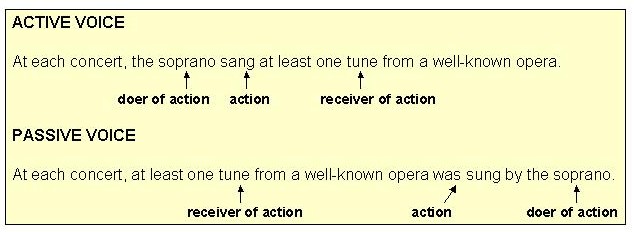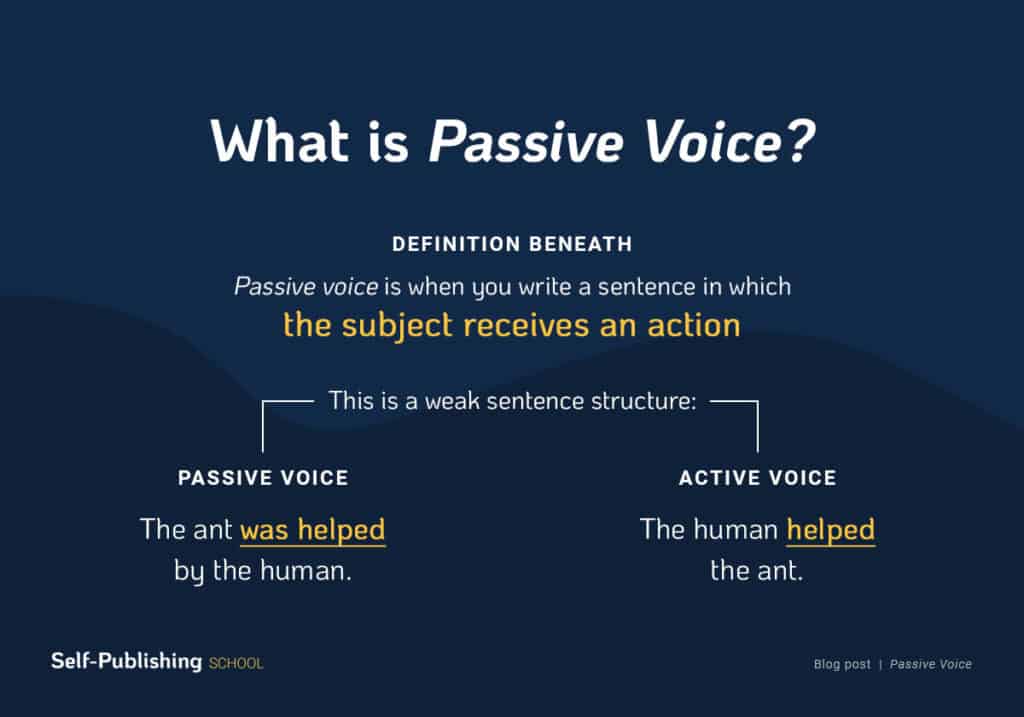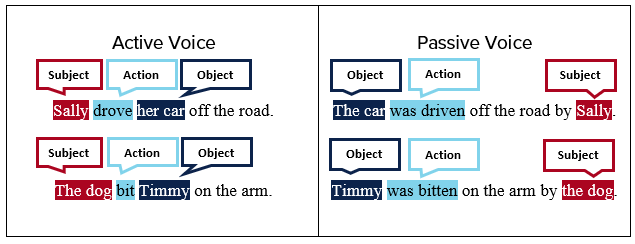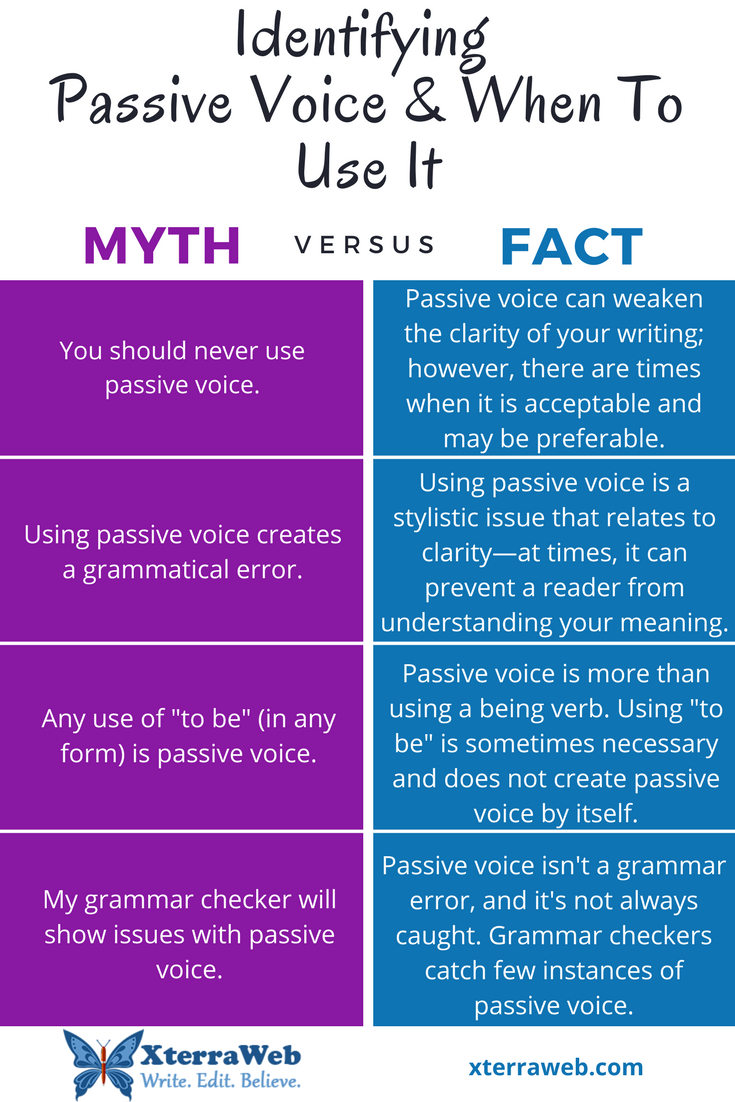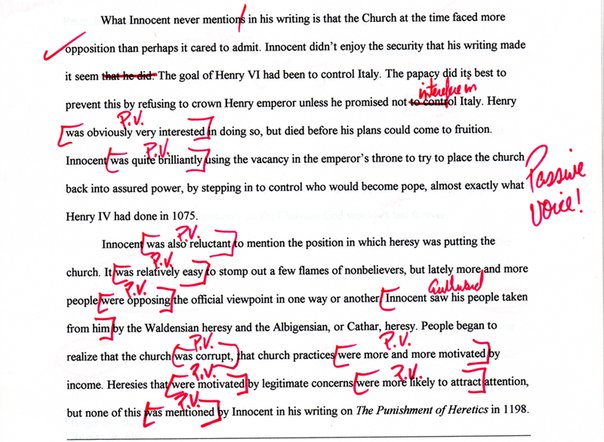Nice Info About How To Spot The Passive Voice

Passive voice is utilized if we desire to know more about the activity than the subject who is performing.
How to spot the passive voice. The correct answer is b. The passive voice gets a bad rap, but it’s not actually a grammatical error. If it still makes grammatical sense, it's in the passive voice.
To make the second sentence clearer and flow better, the passive voice could be used. We previously established that, in the passive voice, the subject is the part of the sentence that the. The subject books is receiving the action.
See if the subject is at the beginning or at the end of the sentence. Also do a word search for “heard” or “saw” if you tend to. The passive voice should follow include the verb to be plus.
Locate the subject of the sentence. How do you spot passive voice? Just look out for the purple highlights in prowritingaid.
They mark the passive voice in your writing so. The key is knowing when the passive voice is appropriate for what you're writing—it can be a stylistic choice, for. Look for a form of “to be” (is, are, am, was, were, has been, have been, had been, will be, will have been, being) followed.
Look for some form of the verb “to be” (such as is, are, was, were, has been), usually in front of another verb. The form was processed and returned (by zombies). You already know the difference in readability between those two sentences, and that’s because, most of the time, passive voice, doesn’t feel right or sound natural to you.
